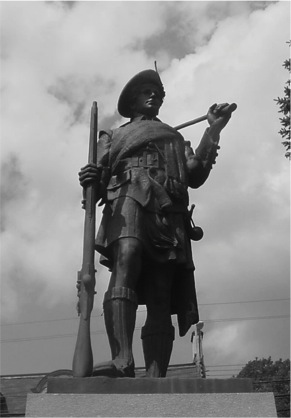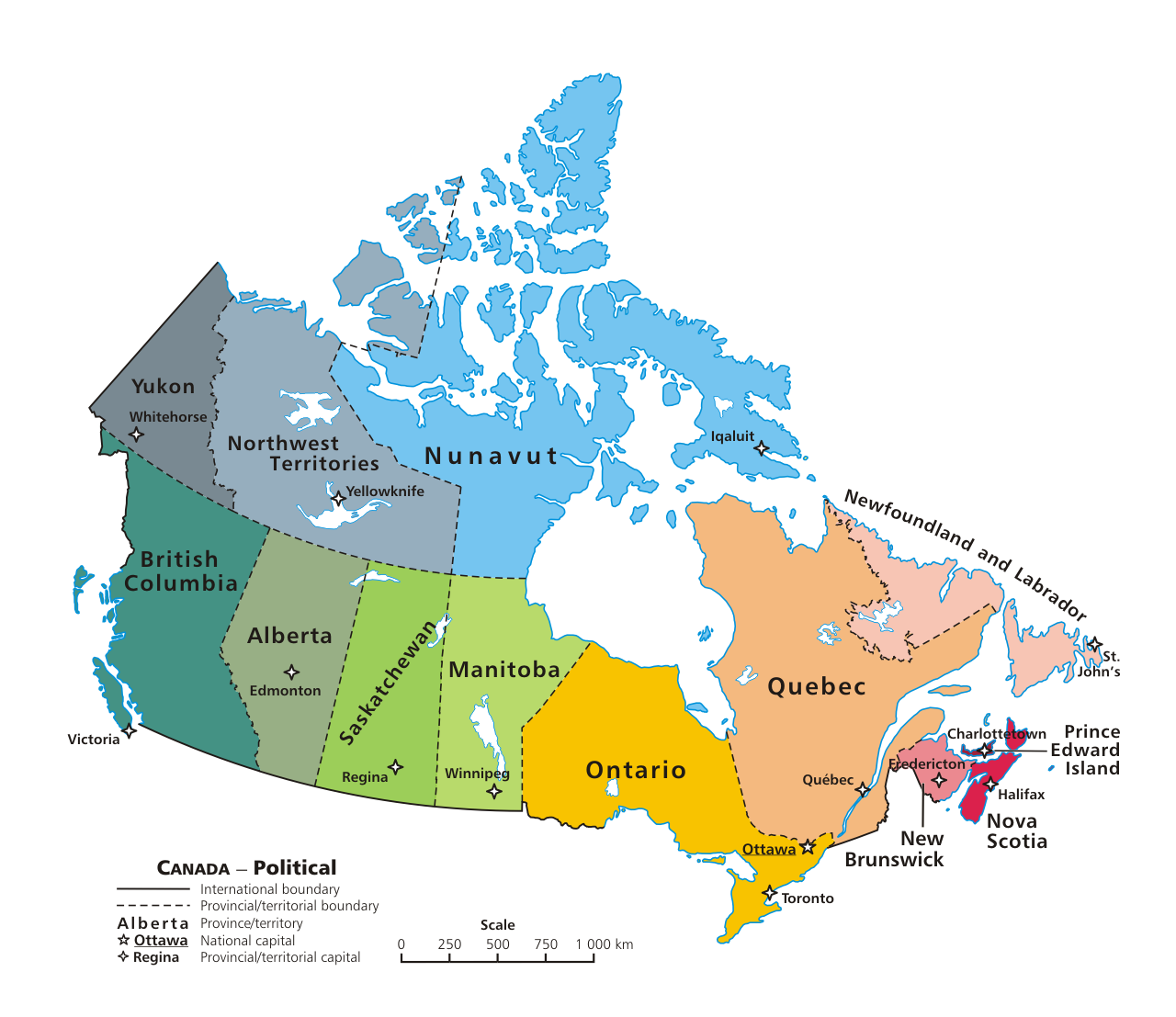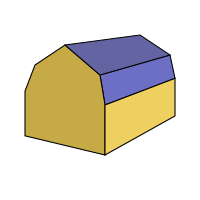|
McCulloch House Museum
The McCulloch House Museum in Pictou, Nova Scotia is a site of the Nova Scotia Museum. It boasts interpretive materials designed to tell the story of Thomas McCulloch and his roles in education and politics in Pictou in the early 19th century. As well, the McCulloch House museum is host to a large collection of artifacts, many being Dr. McCulloch's personal belongings from his educating days. The museum is affiliated with the adjacent Genealogy Centre, formerly known as the Hector Exhibit Centre and Archives. Both are administered by the Pictou County Genealogy and Heritage Society. The house is listed on the Canadian Register of Historic Places, and is built of brick with sandstone accents. It was built by McCulloch circa 1806 as a -story cottage, situated on top of a knoll overlooking Pictou Harbour. In about 1890 a gambrel roof and dormer A dormer is a roofed structure, often containing a window, that projects vertically beyond the plane of a pitched roof. A dormer win ... [...More Info...] [...Related Items...] OR: [Wikipedia] [Google] [Baidu] |
Pictou, Nova Scotia
Pictou ( ; Canadian Gaelic: ''Baile Phiogto'') is a town in Pictou County, in the Canadian province of Nova Scotia. Located on the north shore of Pictou Harbour, the town is approximately 10 km (6 miles) north of the larger town of New Glasgow. Once an active shipping port and the shire town of the county, today Pictou is primarily a local service centre for surrounding rural communities and the primary tourist destination in this region of Nova Scotia. The name Pictou derives from the Mi'kmaq name , meaning "explosive place", a reference to the river of pitch that was found in the area, or perhaps from methane bubbling up from coal seams below the harbour. History Pictou Town had been the location of an annual Mi'kmaq summer coastal community prior to European settlement. Pictou was part of the Epekwitk aq Piktuk Mi'kmaq District, which included present-day Prince Edward Island and Pictou. Pictou Town was a receiving point for many Scottish immigrants moving to a new hom ... [...More Info...] [...Related Items...] OR: [Wikipedia] [Google] [Baidu] |
Nova Scotia Museum
Nova Scotia Museum (NSM) is the corporate name for the 28 museums across Nova Scotia, Canada, and is part of the province's tourism infrastructure. The organization manages more than 200 historic buildings, living history sites, vessels, and specialized museums and about one million artifacts and specimens, either directly or through a system of co-operative agreements with societies and local boards. The NSM delivers programs, exhibits and products which provide both local residents and tourists in Nova Scotian communities an opportunity to experience and learn about Nova Scotia's social and natural history. More than 600,000 people visit the facilities each year. History The Nova Scotia Museum was created by the Nova Scotia Museum Act, a provincial legislation. The Nova Scotia Museum began with the collection of the Mechanics Institute in Halifax, founded in December 1831. The museum was formally established in 1868. The Rev. Dr. David Honeyman was the first curator. He was fol ... [...More Info...] [...Related Items...] OR: [Wikipedia] [Google] [Baidu] |
Thomas McCulloch
Dr. Thomas McCulloch (1776 – September 9, 1843) was a Scottish-born, Presbyterian minister, author, educator, and education reformer. He was the founder and principal of Pictou Academy (pronounced ''pick-toe'') and the first principal of Dalhousie College (now Dalhousie University) from 1838-1843. He is the author of The Stepsure Letters' (''1821-1823)'', considered to be the first major work of humour in English Canada humour. Early life Thomas McCulloch was born in the village (and parish) of Neilston in Renfrewshire (now East Renfrewshire), Scotland, the second son of Elizabeth Neilson and Michael McCulloch. Michael McCulloch, a master block printer, died at age forty-six, leaving six children, five sons and one daughter, Andrew (d. April 8, 1854), John, Thomas, Mary Elizabeth (1765 – 1860), William (1776 – 1813), and George. Elizabeth Neilson emigrated along with her family in 1803 to Nova Scotia. John died while sailing from Halifax to Pictou, Nova Sco ... [...More Info...] [...Related Items...] OR: [Wikipedia] [Google] [Baidu] |
McCulloch House Museum
The McCulloch House Museum in Pictou, Nova Scotia is a site of the Nova Scotia Museum. It boasts interpretive materials designed to tell the story of Thomas McCulloch and his roles in education and politics in Pictou in the early 19th century. As well, the McCulloch House museum is host to a large collection of artifacts, many being Dr. McCulloch's personal belongings from his educating days. The museum is affiliated with the adjacent Genealogy Centre, formerly known as the Hector Exhibit Centre and Archives. Both are administered by the Pictou County Genealogy and Heritage Society. The house is listed on the Canadian Register of Historic Places, and is built of brick with sandstone accents. It was built by McCulloch circa 1806 as a -story cottage, situated on top of a knoll overlooking Pictou Harbour. In about 1890 a gambrel roof and dormer A dormer is a roofed structure, often containing a window, that projects vertically beyond the plane of a pitched roof. A dormer win ... [...More Info...] [...Related Items...] OR: [Wikipedia] [Google] [Baidu] |
Canadian Register Of Historic Places
The Canadian Register of Historic Places (CRHP; french: Le Répertoire canadien des lieux patrimoniaux), also known as Canada's Historic Places, is an online directory of historic sites in Canada which have been formally recognized for their heritage value by a federal, provincial, territorial or municipal authority. Background The Canadian Register of Historic Places was created as part of Canada's "Historic Places Initiative". Commencing in 2001, the Historic Places Initiative was a collaboration between the federal, provincial and territorial governments to improve protection of the country's historic sites and to "promote and foster a culture of heritage conservation in Canada". The CRHP and the Standards and Guidelines for the Conservation of Historic Places in Canada (a common set of guidelines for the restoration and rehabilitation of historic sites throughout Canada) are the two major tools developed to assist in achieving the initiative's main objectives. The CRHP ... [...More Info...] [...Related Items...] OR: [Wikipedia] [Google] [Baidu] |
Pictou Harbour
Pictou Harbour is a natural harbour in Nova Scotia on the Northumberland Strait. Geography The distance between the town of Pictou on the north shore, and the community of Pictou Landing to the south is about . The south side of the harbour opens into the broad mouth of the East River of Pictou which flows inland through the towns of Trenton and New Glasgow. The south-west end of the harbour is bisected by the Harvey Veniot causeway that carries Nova Scotia Highway 106. The causeway has limited the navigable portion of the harbour to approximately in length. Prior to the opening of the causeway in 1968, the harbour continued into the confluence of the West River of Pictou and Middle River of Pictou, both of which were navigable. The body of water immediately outside the harbour is known as the Pictou Road. The entrance to the harbour is protected by two sandbars and is about 400m wide. A lighthouse was installed on this bar in 1834 and lost to fire in 1903. Its replacement, ... [...More Info...] [...Related Items...] OR: [Wikipedia] [Google] [Baidu] |
Gambrel Roof
A gambrel or gambrel roof is a usually symmetrical two-sided roof with two slopes on each side. (The usual architectural term in eighteenth-century England and North America was "Dutch roof".) The upper slope is positioned at a shallow angle, while the lower slope is steep. This design provides the advantages of a sloped roof while maximizing headroom inside the building's upper level and shortening what would otherwise be a tall roof. The name comes from the Medieval Latin word ''gamba'', meaning horse's hock or leg. The term ''gambrel'' is of American origin, the older, European name being a curb (kerb, kirb) roof. Europeans historically did not distinguish between a gambrel roof and a mansard roof but called both types a mansard. In the United States, various shapes of gambrel roofs are sometimes called Dutch gambrel or Dutch Colonial gambrel with bell-cast eaves, Swedish, German, English, French, or New England gambrel. The cross-section of a gambrel roof is similar to tha ... [...More Info...] [...Related Items...] OR: [Wikipedia] [Google] [Baidu] |
Dormer
A dormer is a roofed structure, often containing a window, that projects vertically beyond the plane of a pitched roof. A dormer window (also called ''dormer'') is a form of roof window. Dormers are commonly used to increase the usable space in a loft and to create window openings in a roof plane. A dormer is often one of the primary elements of a loft conversion. As a prominent element of many buildings, different types of dormer have evolved to complement different styles of architecture. When the structure appears on the spires of churches and cathedrals, it is usually referred to as a ''lucarne''. History The word ''dormer'' is derived from the Middle French , meaning "sleeping room", as dormer windows often provided light and space to attic-level bedrooms. One of the earliest uses of dormers was in the form of lucarnes, slender dormers which provided ventilation to the spires of English Gothic churches and cathedrals. An early example are the lucarnes of the spire of C ... [...More Info...] [...Related Items...] OR: [Wikipedia] [Google] [Baidu] |
Virtual Museum Of Canada
The Digital Museums Canada (DMC; , ''MNC'') is a funding program in Canada "dedicated to online projects by the museum and heritage community," helping organizations to build digital capacity. Administered by the Canadian Museum of History (CMH) with the financial support of the Government of Canada, DMC provides investments of CA$15,000 to $250,000 for audience-engaging online projects by Canadian museums and heritage organizations. As of 2021, Digital Museums Canada took the place of the Virtual Museum of Canada (VMC), a national virtual museum. With a directory of over 3,000 Canadian heritage institutions and a database of over 600 virtual exhibits, VMC's site was scheduled to discontinue hosting exhibits after 30 June 2021. Virtual Museum of Canada Virtual Museum of Canada (VMC) was a national virtual museum that was replaced by Digital Museums Canada as of 2021. VMC was administered by the Canadian Museum of History (CMH), and its content was created by Canadian museums. ... [...More Info...] [...Related Items...] OR: [Wikipedia] [Google] [Baidu] |
Canadian Museum Of History
The Canadian Museum of History (french: Musée canadien de l’histoire) is a national museum on anthropology, Canadian history, cultural studies, and ethnology in Gatineau, Quebec, Canada. The purpose of the museum is to promote the heritage of Canada, as well as support related research. The museum is based in a designed by Douglas Cardinal. The museum originated from a museum established by the Geological Survey of Canada in 1856, which later expanded to include an anthropology division in 1910. In 1927, the institution was renamed the National Museum of Canada. The national museum was later split into several separate institutions in 1968, with the anthropology and human history departments forming the National Museum of Man. The museum relocated to its present location in Gatineau in 1989 and adopted the name Canadian Museum of Civilization the following year. In 2013, the museum adopted its current name, the Canadian Museum of History, and saw its mandate modified so further ... [...More Info...] [...Related Items...] OR: [Wikipedia] [Google] [Baidu] |
Museums In Pictou County
A museum ( ; plural museums or, rarely, musea) is a building or institution that cares for and displays a collection of artifacts and other objects of artistic, cultural, historical, or scientific importance. Many public museums make these items available for public viewing through exhibits that may be permanent or temporary. The largest museums are located in major cities throughout the world, while thousands of local museums exist in smaller cities, towns, and rural areas. Museums have varying aims, ranging from the conservation and documentation of their collection, serving researchers and specialists, to catering to the general public. The goal of serving researchers is not only scientific, but intended to serve the general public. There are many types of museums, including art museums, natural history museums, science museums, war museums, and children's museums. According to the International Council of Museums (ICOM), there are more than 55,000 museums in 202 countr ... [...More Info...] [...Related Items...] OR: [Wikipedia] [Google] [Baidu] |
Historic House Museums In Nova Scotia
History (derived ) is the systematic study and the documentation of the human activity. The time period of event before the invention of writing systems is considered prehistory. "History" is an umbrella term comprising past events as well as the memory, discovery, collection, organization, presentation, and interpretation of these events. Historians seek knowledge of the past using historical sources such as written documents, oral accounts, art and material artifacts, and ecological markers. History is not complete and still has debatable mysteries. History is also an academic discipline which uses narrative to describe, examine, question, and analyze past events, and investigate their patterns of cause and effect. Historians often debate which narrative best explains an event, as well as the significance of different causes and effects. Historians also debate the nature of history as an end in itself, as well as its usefulness to give perspective on the problems o ... [...More Info...] [...Related Items...] OR: [Wikipedia] [Google] [Baidu] |






.jpg)
.jpg)